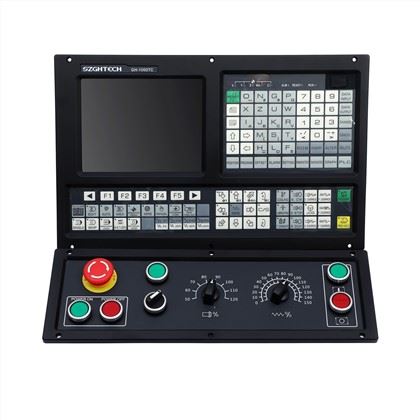4 axis milling CNC controller kit Support ATC+PLC+Macro+Scanning for welding consumables
magnet drill machine
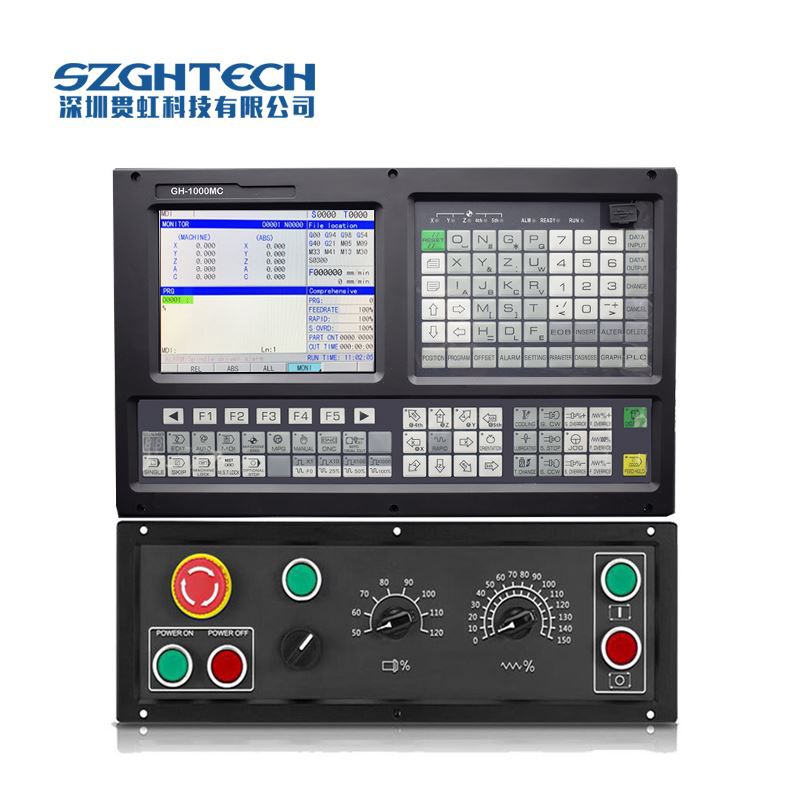
1)4 Axis Fully English Type CNC milling controller
2) 800x600 8.4 inch real color LCD displayer
3) Electric Turret & Binary code turret,Max: 99 pcs tools
4) Support ATC , Macro function and PLC function
5) Max speed is 60m/min, feeding speed is 24m/min,0.1um control precision
6) Adapted servo spindle can realize spindle continous position,rigid tapping,rigid screw processing
7) High anti-jamming switch power(100V-240VAC 50Hz/60Hz -> 24VDC)
8) 64MB Memory , 56Mb user store room
9) With USB interface,it supports file operation in flash disk,system configuration and software upgrade
10) Position Control Mode:Pulse+Direction/AB Phase,Dual Analog voltage output of 0~10V
11) 32 bits ARM microprocessor+FPGA Technology.
12) Basic I/O: 36X36 , can be edited freely
13) Cutter offset : C
GH lathe CNC system adopts 32 bit high performance industrial grade CPU and CPLD chip of super large scale programmable gate array to form the control core, and realize μm level precision motion control. The system has strong function, stable performance, intuitive and simple interface display and convenient operation.
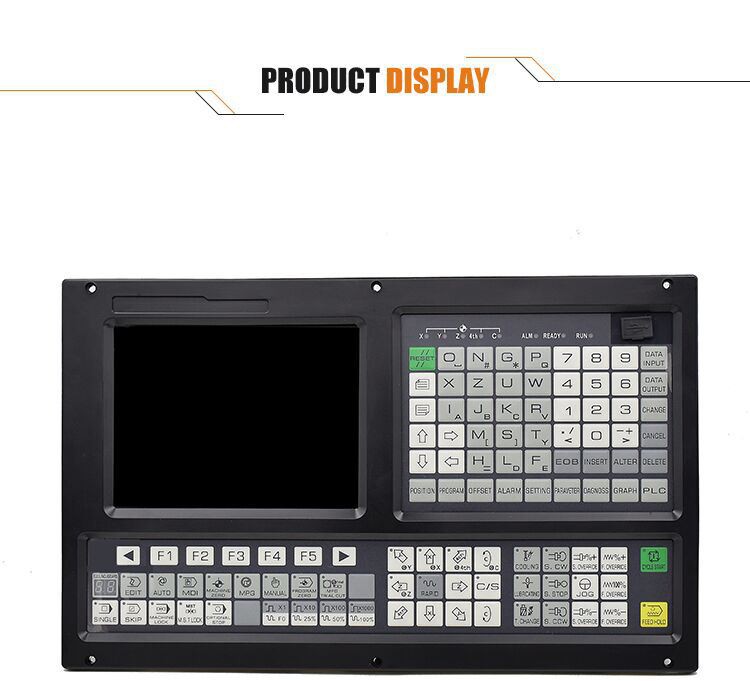

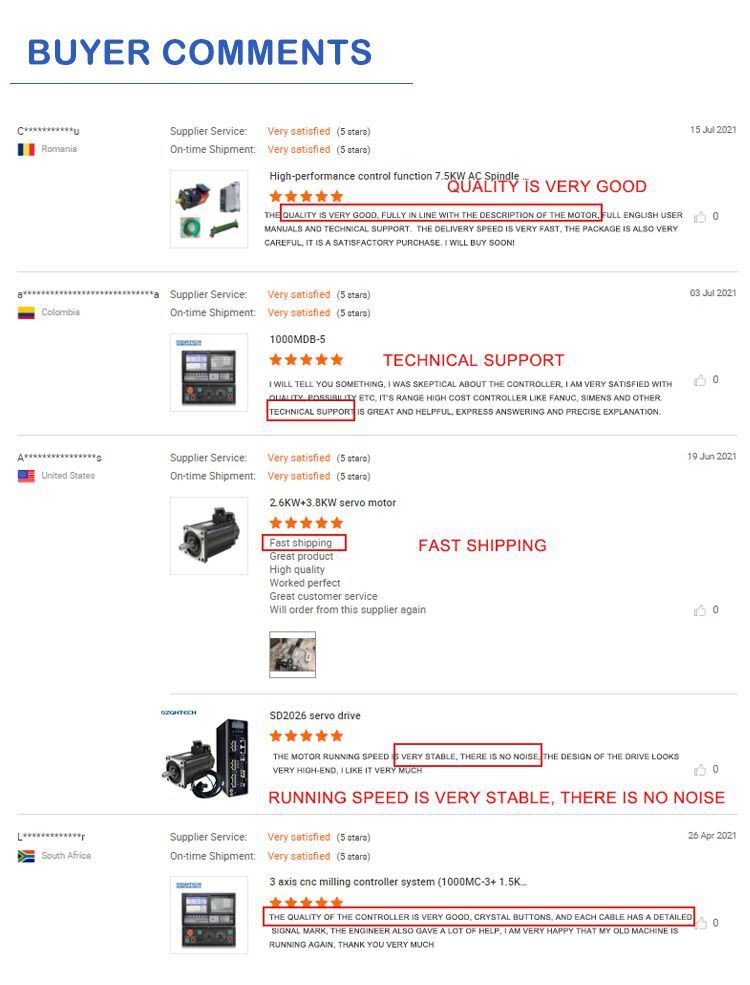
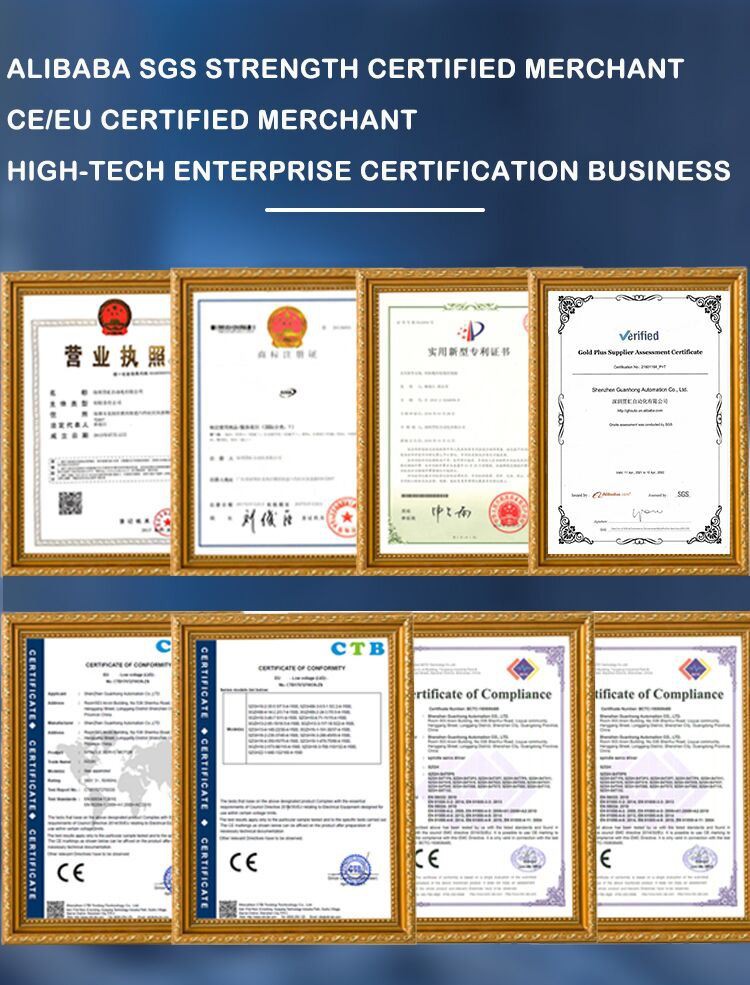
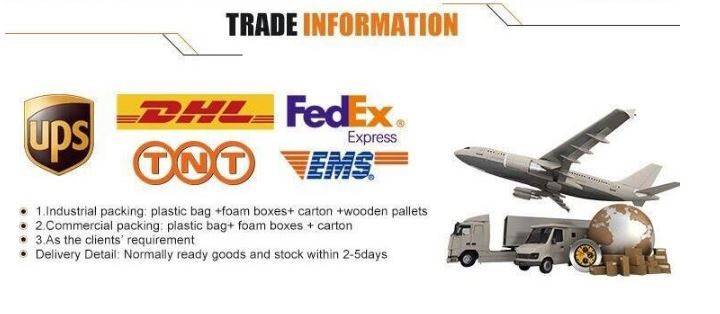
FAQ
Q: Do you support customized manufacturing?
A: Yes,we can customized manufacturing according to customer's requirment. We support to OEM your own company display interface and logo.
Q: How long is your delivery time?
A: Generally it is 3-5 days if the goods are in stock. or it is 5-10 days if the goods are not in stock, it is according to quantity.10-20 days if customized manufacturing.
Q: Do you provide samples ? is it free or extra ?
A: Yes, we could offer the sample with sample price.
If you have any other question, pls feel free to contact us as below


